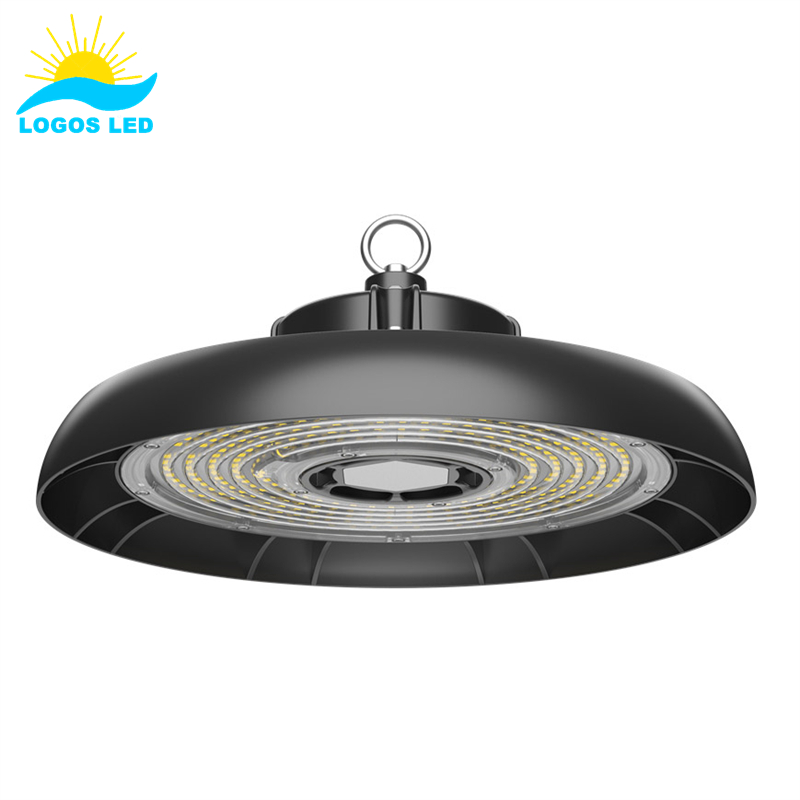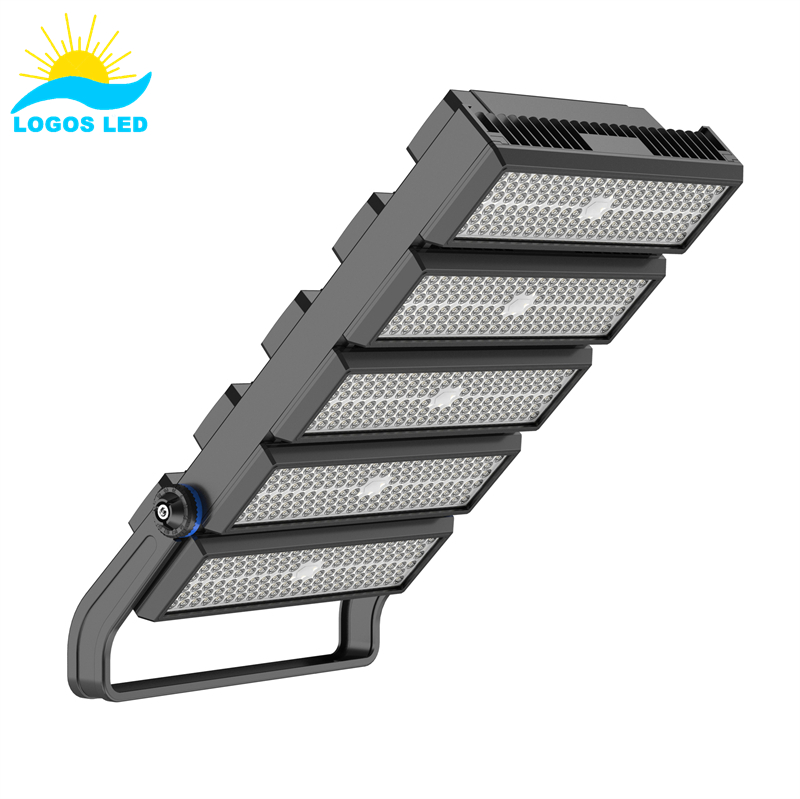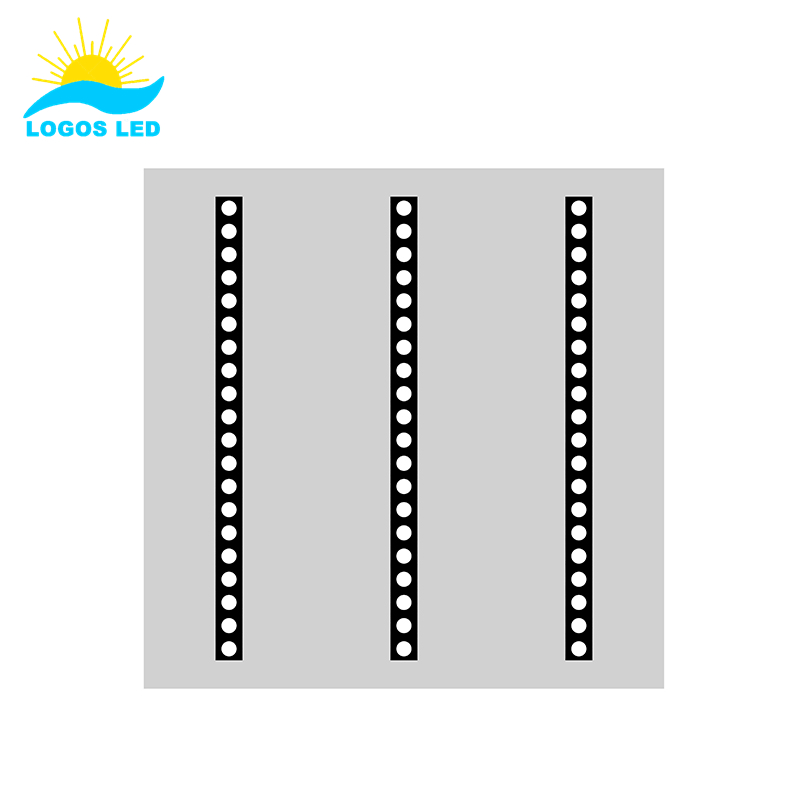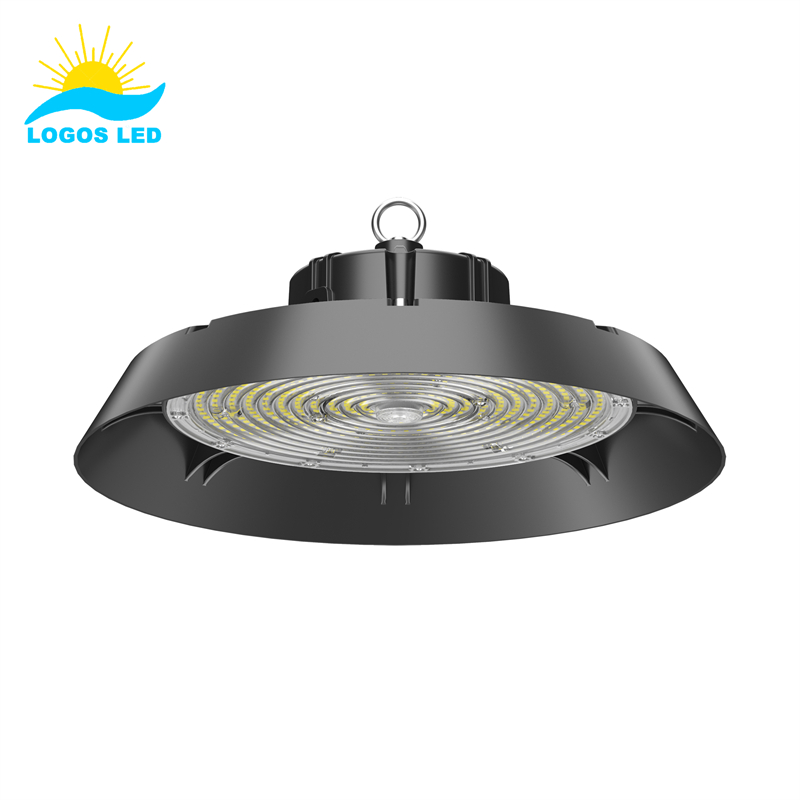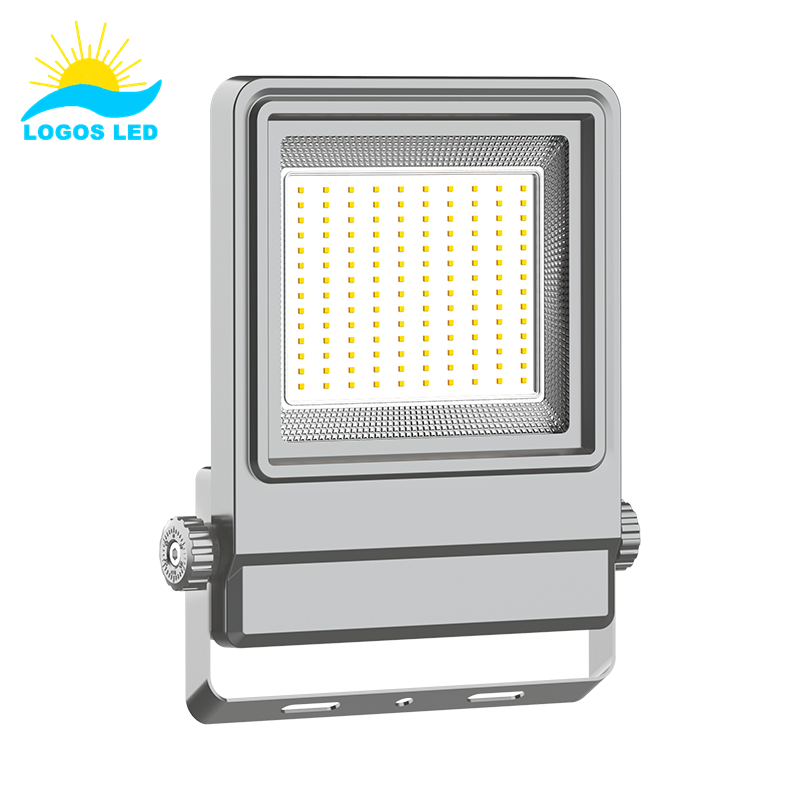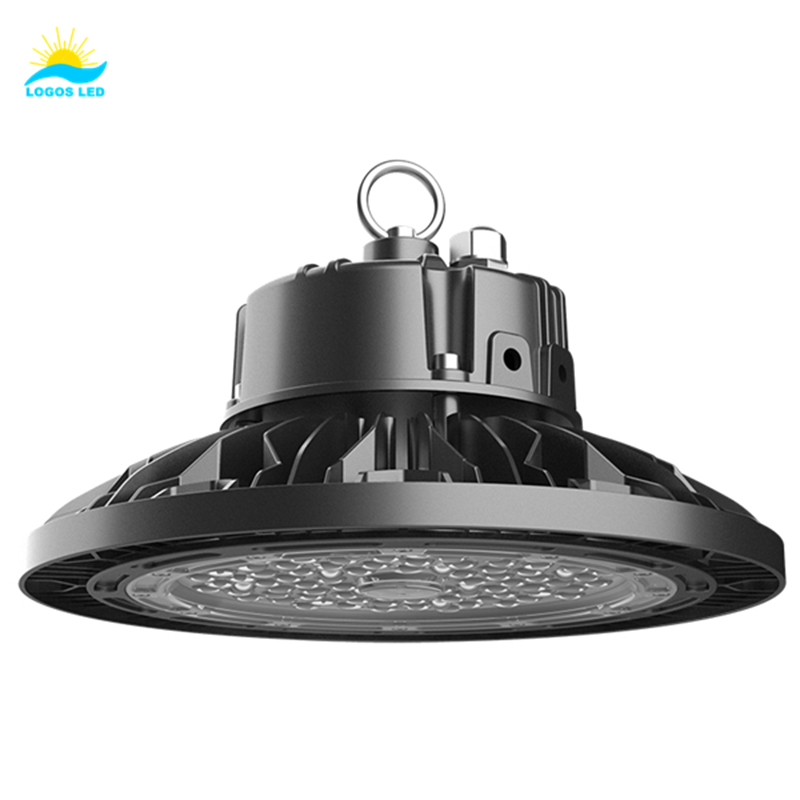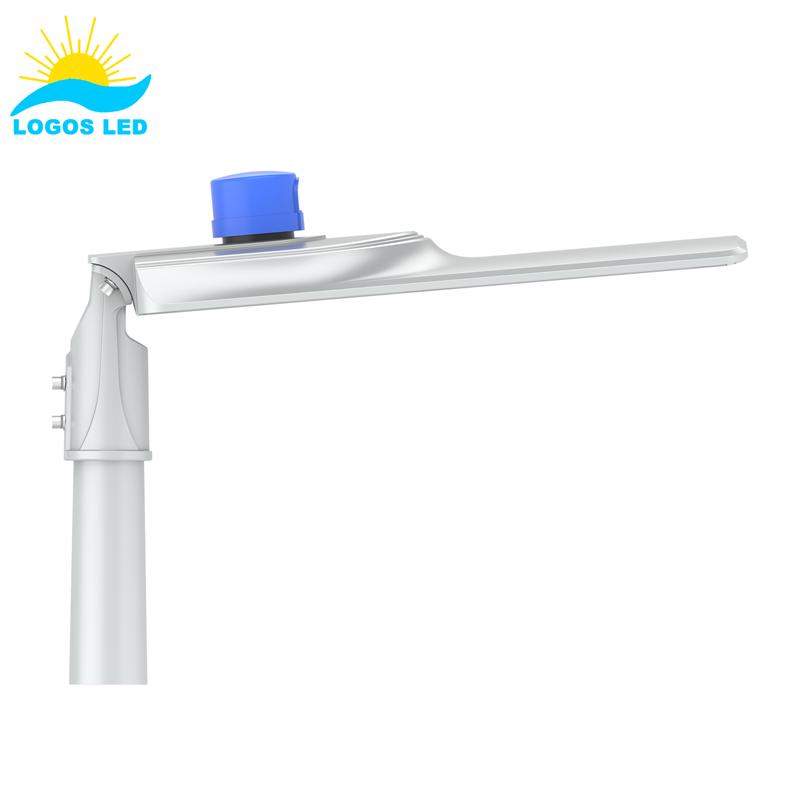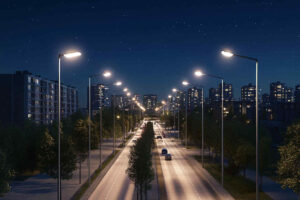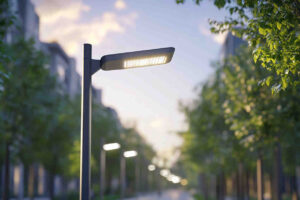Table of Contents
Introduction
In today’s world, where we are all about efficiency, sustainability, and green, LED street lights with photocells are a big deal. So, what are the need-to-know details about LED street lights with photocells? This article will give you the skinny on everything you need to know about LED street lights with photocells, including applications, benefits, and things to consider.
The Situation of Street Light Application
The landscape of street lighting is changing dramatically as LED technology becomes the standard. Municipalities and governments all over the world are realizing the energy savings, reduced maintenance costs, and better light quality that LED street lights offer. It’s a win for the environment, and it makes cities safer and more livable. LED lights last a long time and work well, which is why they are replacing the old high-pressure sodium and metal halide lamps. Add to that the green movement, and LED street lights are becoming a big part of modern infrastructure.

1. The Conditions of LED Street Light with Photocell
LED street lights with photocells are great in areas where the natural light changes a lot throughout the day. They are perfect in places where the weather changes rapidly from bright sun to heavy cloud cover because they will keep the lights on. They work great in cities or out in the middle of nowhere. They keep you from having to manually turn the lights on or off and keep people safe by making sure you have the right amount of light. The important things to look at with these lights are how much energy they use, how sensitive they are to light, and how quickly they respond so you don’t use more light than you need. These lights work great on long streets, highways, and in any other place where you need to keep the light level consistent.
2. What is a Photocell?
A photocell is a sensor that detects light levels and is what makes LED street lights work automatically. It measures the amount of light outside and tells the street light to turn on or off based on the light level you want. It only lets the lights come on when they are supposed to and turns them off when they aren’t needed. This saves you money. In LED street lights, the photocell makes the lights get dimmer and brighter as the daylight changes. This is great because it does it for you and saves energy.
3. The Scientific Principle of Photocell
The scientific principle behind a photocell is something called the photoelectric effect. It happens when light hits a material and knocks some electrons loose, which generates an electric current. Photocells are made out of materials, usually silicon, that do this really well. When light hits a silicon photocell, the light energy makes the electrons move across the cell and create electricity. This electricity is used to do things like turn a street light on or off. Photocells do this all by themselves.
4. The Basic Function of LED Street Light with Photocell
The basic job of LED street lights with photocells is to work automatically. Photocells are light-sensitive sensors that turn the street lights on and off based on how dark it is outside. When it starts to get dark outside, the photocell sees that and turns the street lights on. When it gets light outside, the photocell sees that and turns the street lights off. This way, the street lights only come on when they’re supposed to, and you don’t waste energy when you don’t need to. This saves you money.
5. Three Control Modes of Photocell
Photocell-controlled LED street lights have three different ways that you can make them work:
- Dusk-to-Dawn: The lights come on when it gets dark outside and go off when it gets light outside. This uses the photocell to look at the light outside and turn the lights on and off.
- Timer: You can set the lights to come on and go off at specific times of day. You can adjust the times when the days get shorter or longer.
- Combination: You can set them on a timer and have them look at the light outside. This way, you have some control over the lights, but they will also turn on and off with the dark and light outside.
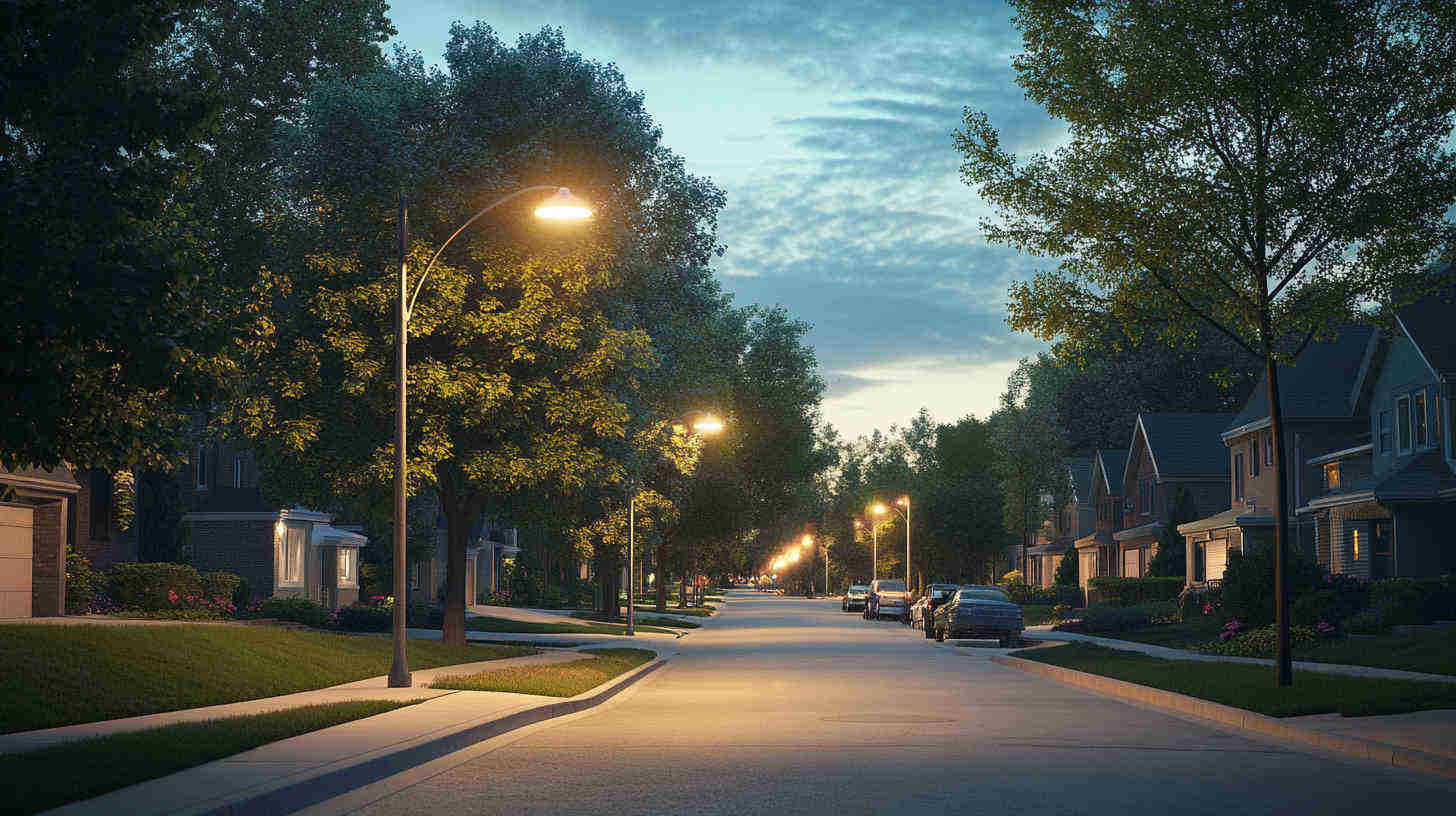
6. The Defects of Time Control Only
Fixed schedules don’t work well because they don’t change with the seasons or the weather. For example, your lights might come on too early in the summer when the days are long or not come on at all on a cloudy morning. This means you’re either wasting energy or your lights aren’t on when you need them to be, which is dangerous and defeats the purpose of having lights. Because your lights can’t adapt to what’s happening outside, you end up with a system that doesn’t work well, and you spend more money than you need to.
7. The Defects of Daylight Control Only
If you only use the light outside to tell your lights when to come on and go off, you can run into problems. The light is turned on and off automatically by sensing how light or dark it is outside. By doing this, we can save a lot of money on electricity and make sure our lights are on when we need them to be on. However, there are a few things that can mess up the automatic control. Sometimes, lightning will flash or a flashlight will shine on the light sensor and give it the wrong signal, so it turns off. Or maybe some leaves blow in front of the sensor and a leaf falls on it for a second, so it turns on.
8. Automatic Operation
Photocells make street lights work automatically. They turn the lights on and off based on how dark or light it is outside. This way, the lights only come on when they’re supposed to, and you don’t have to remember to turn the lights on and off. This saves you money. Photocells make your lights work just like they should, and you don’t have to do anything.
9. Adaptability to Seasonal Changes
Photocells make your lights work with the seasons. As the days get longer and shorter, the photocells make your lights come on and go off at the right time. They come on when it starts to get dark and go off when it starts to get light. This is really important if you live in a place where the days are really short in the winter and really long in the summer. By making your lights work with the daylight, you keep people safe and save energy.
10. Smart City Integration
LED street lights with photocells are an essential part of the smart city. They work with all the other cool stuff in the city. They hook up to the internet and talk to all the other things in the city to make sure everything works right. Because they can do their own thing, they make the city a better place to live. They help with things like traffic and making sure you are safe. They are a big part of making the city work like it should.
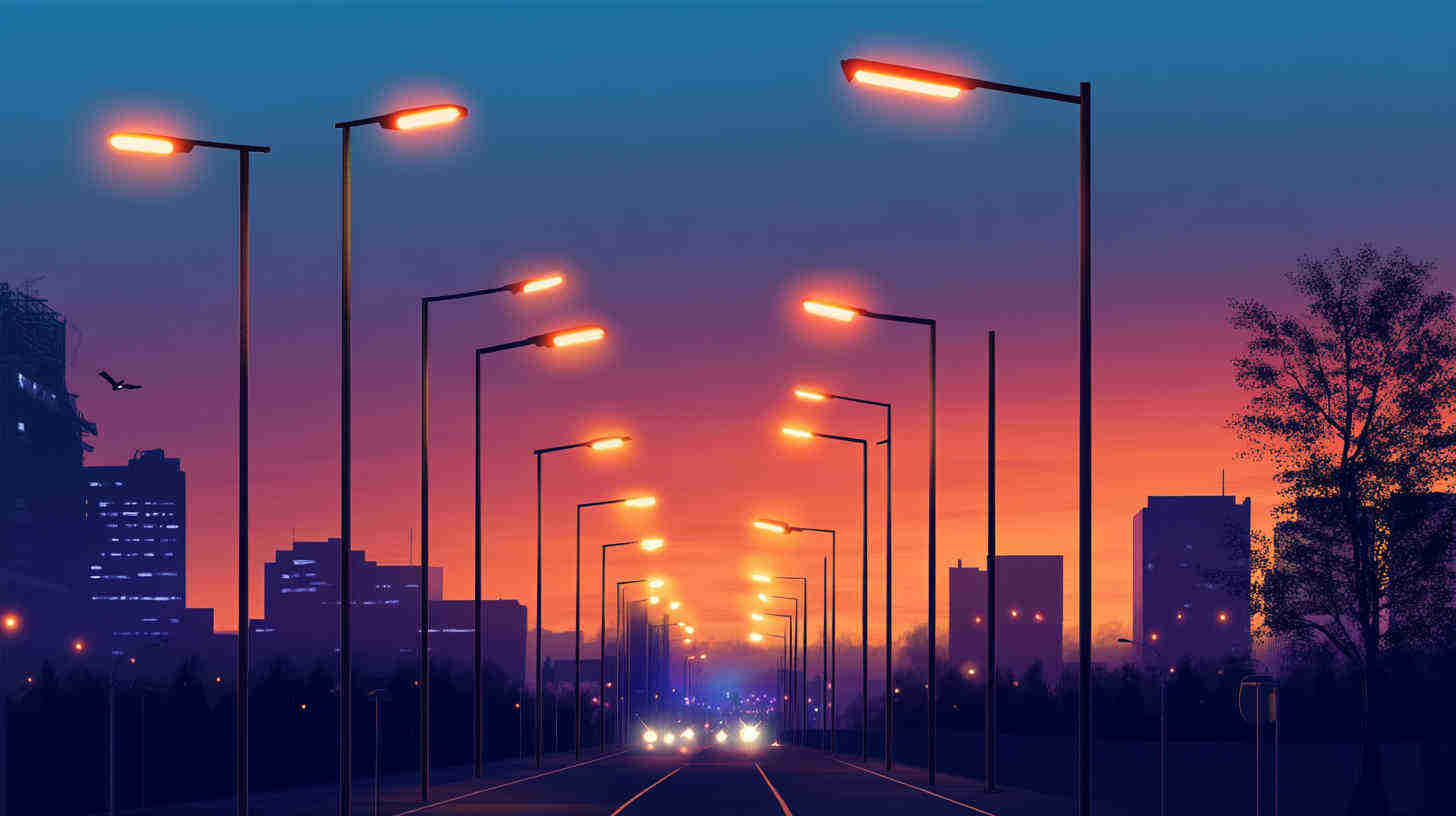
11. Dimming Capabilities
LED street lights with photocells can get brighter and dimmer depending on how light or dark it is outside. This is great because it means you don’t use as much energy when you don’t need to. You can save a lot of electricity by using lights that get dimmer when they don’t need to be as bright. This also makes your lights last longer. One of the cool things about these lights is that they can make your place look nice at night. They can make your place look pretty and keep the lights from being too bright.
12. Versatile Applications
LED street lights with photocells are not just for streets. You can use them in parking lots to make sure people can see and be safe at night. You can use them on pathways and bike trails to make sure people can see where they’re going. You can use them in parks, squares, and outdoor arenas to make sure you have enough light and don’t waste electricity.
13. Installation Requirements
There are a few things you need to think about when you put these lights up. First, you need to have power where you want to put the lights. You need to have the right wire and the right fixtures for the lights. You need to have the photocell see the sky so it can tell how much light is outside. You need to be able to hook the lights up to whatever you use to control the lights or to talk to all the other things in your smart city. You need to make sure you do everything the right way and follow all the rules for putting lights up outside.
14. Maintenance Considerations
LED street lights are excellent because they don’t need much maintenance. The lights last a long time, and the photocells make the lights work when they’re supposed to. The lights are designed to work outside and not break, so you don’t have to replace them very often. You don’t have to do anything to the lights. This saves you money because you don’t have to replace parts or fix stuff all the time.
15. Cost-Effectiveness
LED street lights with photocells are very cost-effective! They save you a ton of money in energy and maintenance costs. You pay a little more upfront, but you save so much money by using less power and by the photocell automatically turning the lights down when it gets light outside. LEDs last so much longer than other lights that you don’t have to replace them as often. All of this adds up to a lower total cost of ownership and a great return on investment. If you’re a city, business, or contractor looking to do things smart, save money, and help the environment, you need to look at LED street lights with photocells.
Conclusion
LED street lights with photocells are a great way to get into the lighting game with smart technology and a sustainable solution for your lighting needs.
If you have any questions about LED street lights with photocells, just feel free to contact us directly. Our lighting experts are ready to help.
Request A Free Quote Now!
Send us a message if you have any questions or request a quote. We will get back to you ASAP!



